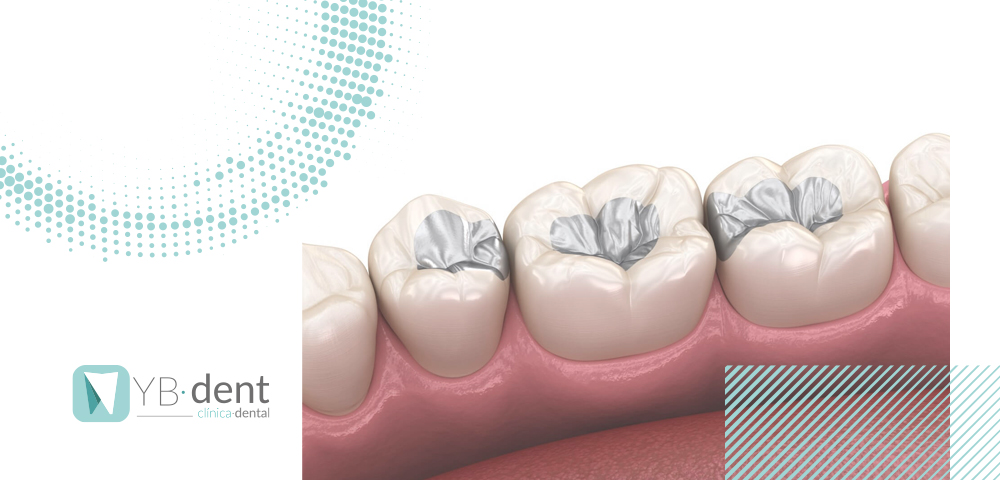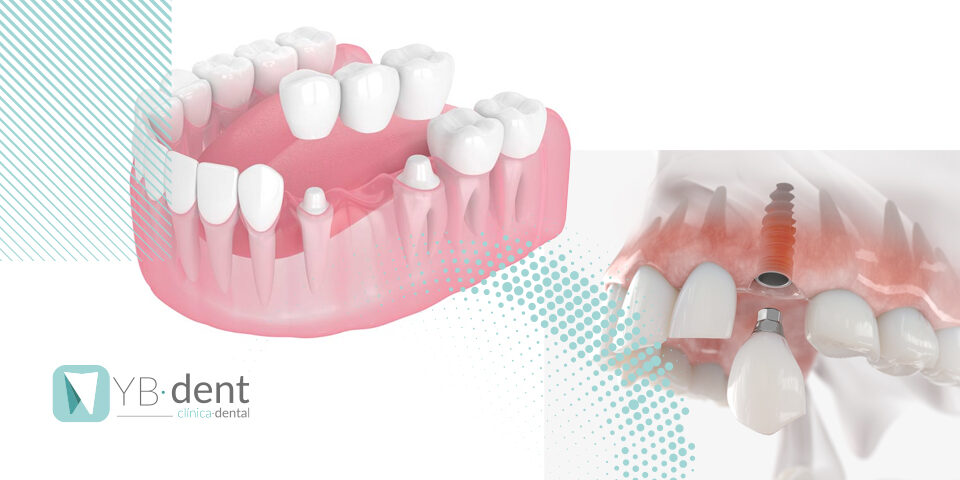Tipos de empastes dentales

Uno de los problemas más comunes en odontología, o mejor dicho, que más se conoce popularmente son las caries y su tratamiento. Pero estás seguro que sabes acerca de ellas?
¿Qué son las caries?
Las caries son un daño en el diente que se identifica como un agujero en el diente que puede llegar a causar dolor, una infección o incluso la pérdida del diente.
Este daño lo causan unas bacterias, las bacterias de la caries, cuando entran en contacto con azúcares o almidones que contienen algunas comidas o bebidas. El contacto de las dos anteriores genera un ácido que si es constante en nuestro diente puede erosionar y dañar el esmalte de nuestro diente y causar la caries.
Cuando éramos pequeños nos pedían evitar consumir constantemente alimentos azucarados, y es por esta razón, el consumo constante de alimentos o bebidas azucaradas favorece que las bacterias de la caries generen más ácido y si este ácido es constante en nuestros dientes es cuando genera la caries. Es cierto que si el consumo de dulces es esporádico el riesgo es mucho menor.
¿Cómo sé que tengo una caries?
Las fases en las que llega el dolor son bastante avanzadas, desde la Clínica Dental
YB-dent te recomendamos que visites regularmente a tu dentista para tener un diagnóstico temprano y evitar problemas más graves.
Algunos de los síntomas de que la caries es un poco más grave es el dolor en el diente o hipersensibilidad al frío o calor. Cuando sufras alguno de estos síntomas es el momento no demorar mucho tu visita a tu dentista de confianza, y si aún no tiene uno, no duden en llamarnos a la Clínica Dental YB-dent.
¿Cómo se tratan las caries?
El tratamiento de las caries es muy sencillo y hace desaparecer la caries de nuestro diente y evita que se agrave el problema. Nuestros especialistas liman la caries dejando un pequeño agujero que deben rellenar con un empaste para que puedas comer con facilidad y evitar que estéticamente tenga consecuencias.
Los empastes pueden ser de muchos tipos, y además de para tratar los problemas de caries, son utilizados comúnmente para reconstruir dientes rotos o fisurados.
Hay varios tipos de empastes que los dentistas utilizamos para tus dientes y que es interesante que conozcas ya que tu factura y su durabilidad dependerá de ello.
Tipos de empastes dentales
Las formas de empaste más comunes son con oro o porcelana, con resina o con amalgama de plata.
Amalgama
Conocida como Amalgama de plata, es una mezcla de metales como la plata, el cobre, el mercurio y el estaño. Es una forma de empaste muy habitual por ser económica y duradera, además de fácil de trabajar por parte de los dentistas.
Pros de Amalgama
En su favor podemos decir que es una de las más famosas por su durabilidad, ya que puede mantenerse intacta durante 20 años.
Es más rentable, como decíamos, esta forma de empaste fue la evolución de los empastes de oro o porcelana y es por eso que resultaba mucho más económico, y aun así hoy en día muchos lo consideran más rentable.
Contras de Amalgama
Tiene color metálico, por lo que no resulta muy natural a la vista.
Ha causado mucha controversia, ya que se ha demostrado que en los pacientes en los que se utiliza este compuesto tienen niveles de mercurio en sangre más altos, aunque no son niveles peligrosos para la salud.
Resina
Esta forma de empastes es una aleación de plástico y cerámica. Se utiliza mucho en dientes frontales, ya que permite guardar la estética del mismo diente.
Pros de la resina
Es una de las últimas tecnologías en empastes que permite trabajar de forma rápida a los profesionales.
Mantiene la estética del diente. Es económico.
Con los años y la tecnología ha mejorado su durabilidad.
Contras de la resina
Es menos duradero que la amalgama.
Oro o porcelana
Es una forma de empaste donde se utiliza el oro o la plata para cubrir el hueco del raspado.
Pros del oro o porcelana
Es la forma de empaste más duradera que existe.
Contras del oro o porcelana
Es una prótesis que se fabrica a medida, por lo que requiere varias visitas al dentista para su instalación
No consigue mantener la estética del diente.
Es muy caro, además se debe tener en cuenta las visitas al dentista hasta su instalación.
En la Clínica Dental YB-dent, podemos asesorarte sobre qué tipo de empaste es el que mejor se adapta a tu caso, ponte en contacto con nosotros.



